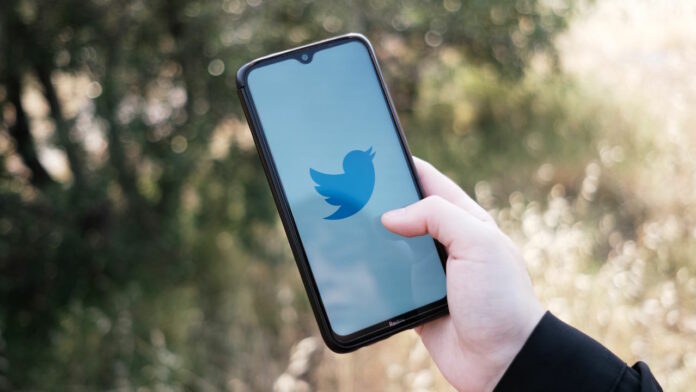First tipped back in November, Twitter now allows users to send encrypted direct messages to each other, but the new feature is locked behind a paywall and far from totally secure.
In a new Help Center post(Opens in a new window), Twitter explains it wants the standard for direct message security to be, “if someone puts a gun to our heads, we still can’t access your messages.” That isn’t the case from day one for encrypted direct messages, but ultimately it’s what owner Elon Musk wants to achieve.
In order for encrypted direct messages to work, both the sender and the receiver will need to be either verified or using a verified organization’s account. For individual users, it means a Twitter Blue subscription is required. Both parties will also need to be using the latest Twitter apps, be that on the web, Android, or iOS. The recipient also needs to be following the sender, or “has sent a message to sender previously, or has accepted a Direct Message request from the sender before.”
For now, there are a number of limitations to using this new feature, including:
-
Encrypted messages can only be sent to a single recipient, not groups
-
Media and attachments aren’t supported yet, just text and links
-
New devices can’t join existing encrypted conversations
-
There’s a limit of 10 devices per user for encrypted messages and you can’t de-register devices
-
Only the message is encrypted, not the metadata or any content linked to in the message
-
Encrypted messages cannot be reported to Twitter
-
Logging out of Twitter will automatically delete all encrypted messagess on the device used to log out
There are currently two notable encrypted message security issues Twitter admits to. The first is no protection against man-in-the-middle attacks, which means that if an encrypted conversation is compromised, neither the sender or receiver would know. Twitter also states that “as a result of a compulsory legal process” it could compromise an encrypted conversation. However, Twitter says it’s working to close this security hole “for a future release.”
Recommended by Our Editors
The second security hole is a lack of “forward secrecy.” If a malicious actor manages to compromise the private key of a registered device, they would be able to decrypt all encrypted messages sent to or received by the device. Twitter says forward secure messaging protocols don’t work well when direct messages are stored in the cloud and made available across multiple devices. Rather than formulate a solution, Twitter decided “to forgo forward secrecy” and has no plans to embrace it.
If you’re willing to accept those security shortcomings, Blue subscribers can enable encrypted messages after tapping the message icon. You’ll know when a conversation is encrypted because a lock icon will appear on top of the avatar of the person receiving the messages. The conversation information page will also show the message “Messages are encrypted.”
 Alternative Social Networks to Replace Twitter, Facebook, and More
Alternative Social Networks to Replace Twitter, Facebook, and More
Like What You’re Reading?
Sign up for SecurityWatch newsletter for our top privacy and security stories delivered right to your inbox.
This newsletter may contain advertising, deals, or affiliate links. Subscribing to a newsletter indicates your consent to our Terms of Use and Privacy Policy. You may unsubscribe from the newsletters at any time.
Hits: 0














